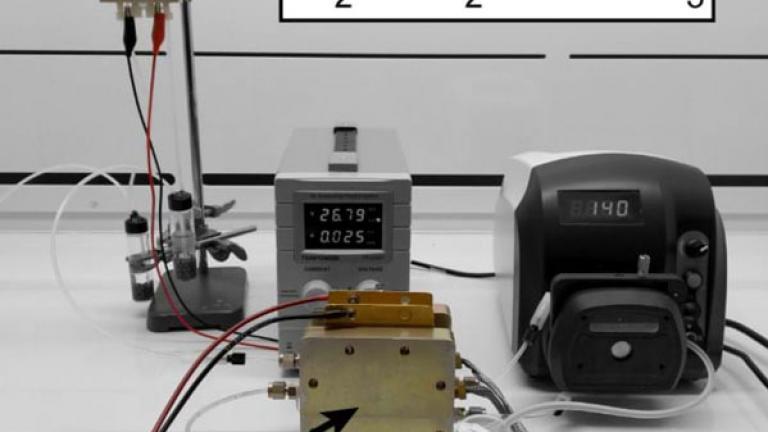
A team of MIT chemical engineers, led by Karthish Manthiram are breaking ground in ammonia synthesis technologies. Their work, featured in The Chemical Engineer, could reduce emissions associated with producing ammonia and enable decentralized-production for farmers in remote areas. Read more here.






